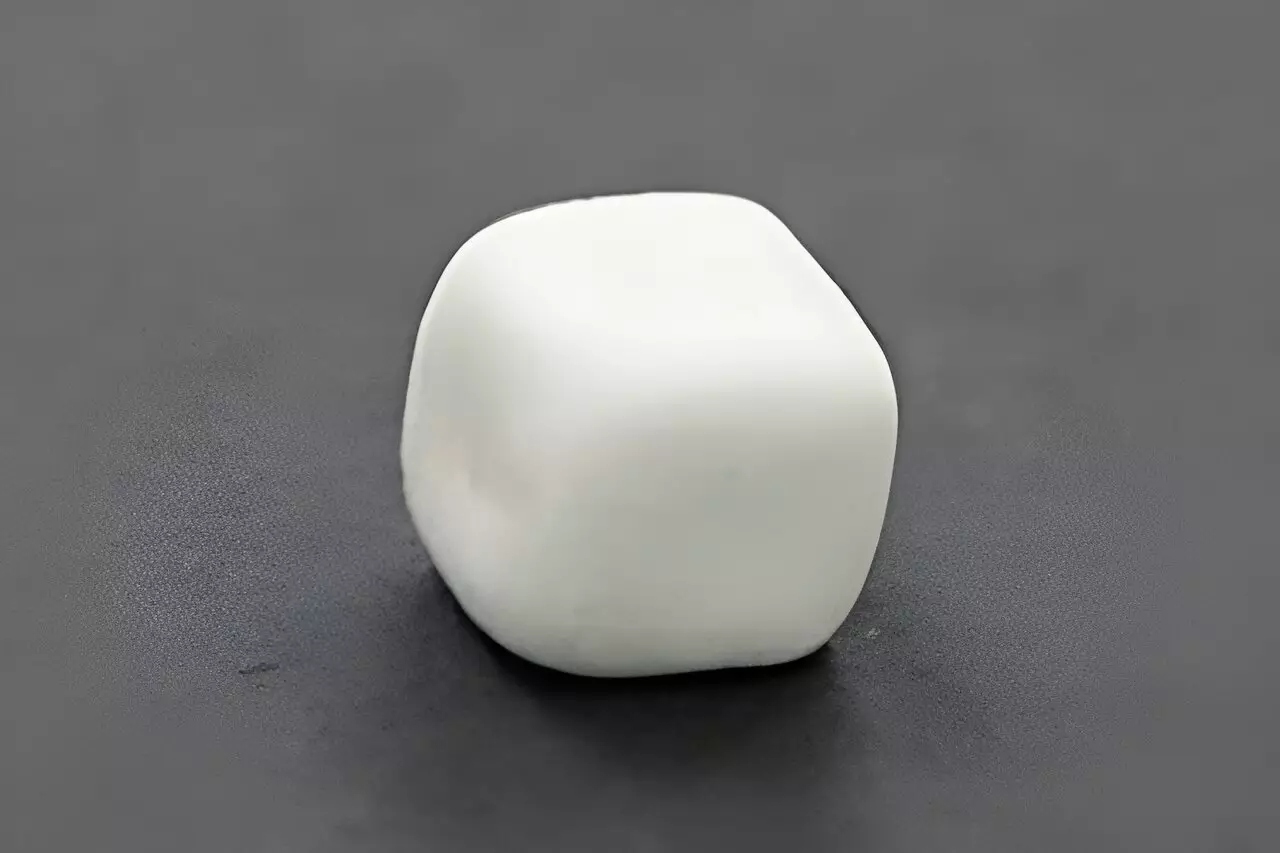Have you ever been frustrated by the slow recharging speed of your phone or the sudden death of your laptop? Are you waiting for the day when electric cars have extended cruise ranges and affordable prices? These common issues are all due to the limitations of the current lithium-ion batteries that power our devices. However, there is hope on the horizon. Recent research conducted at the National High Magnetic Field Laboratory, headquartered at Florida State University, is paving the way for a new and improved type of battery. The findings of this groundbreaking study, published in Science Advances, explore the potential of solid-state batteries to revolutionize our electronic devices.
Scientists are now focusing their attention on transitioning from the liquid-electrolyte-based lithium-ion batteries to solid-state systems that can meet the demands of the next generation of electronics. Solid-state batteries offer numerous advantages over their liquid counterparts. They are significantly safer, reducing the risk of fire when the battery is damaged, overheated, or experiences short circuits. Additionally, solid-state batteries boast higher energy densities and longer lifespans. Imagine a world where your smartphone or tablet can last much longer before needing a recharge or a battery replacement.
While the potential benefits of solid-state batteries are vast, there has been one major drawback hindering their widespread use – the high production costs and manufacturing difficulties. Thankfully, researchers like FSU doctoral student Erica Truong are working tirelessly to develop solid-state battery systems that not only enhance performance but are also commercially viable. In this particular study, Truong and her team examined a new solid electrolyte design that can be applied to various systems to improve overall performance.
To comprehend the significance of Truong’s research, it’s essential to understand the role of electrolytes in batteries. Electrolytes act as a separator between the cathode (negative terminal) and the anode (positive terminal). They facilitate the movement of ions between the electrodes, enabling the battery to charge when connected to a power supply or to supply power when connected to a device. With this in mind, the FSU team analyzed the structures and properties of a promising electrolyte made of lithium chloride and gallium fluoride.
The researchers made a groundbreaking discovery during their investigation. They found that a phenomenon called “charge clustering” occurs when chlorine and fluorine combine in the electrolyte, freeing up lithium ions. This phenomenon greatly enhances ion transport within solid electrolytes, resulting in faster charging times and a longer battery life. Truong explains, “The charge-clustering phenomenon weakens the bond between lithium and other components, allowing lithium to move more efficiently through the electrolyte.” Additionally, the material exhibits a clay-like quality, making it easily moldable to fit any space within a battery. This characteristic improves the contact between the electrolyte and the electrodes, further enhancing overall battery performance.
The research conducted by Truong and her team was made possible through a collaboration with Samsung, specifically its Advanced Institute of Technology. In 2021, Samsung designed and synthesized the lithium chloride and gallium fluoride electrolyte, making significant contributions to the advancement of solid-state battery technology. Samsung, like many other electronics companies, is actively searching for the ideal solid-state battery that can enhance performance, improve safety, and be manufactured at scale in a cost-effective manner.
As we enter a new era of technological advancements, the development of solid-state batteries holds great promise. With their enhanced safety features, higher energy densities, and longer lifespans, solid-state batteries have the potential to transform our electronic devices, from smartphones and laptops to electric cars. The research conducted by the team at the National High Magnetic Field Laboratory, in collaboration with Samsung, has paved the way for future breakthroughs in solid-state battery technology. With continued innovation and refinement, solid-state batteries may soon power our devices, providing a more efficient and reliable energy source for the next generation of electronics.


Leave a Reply